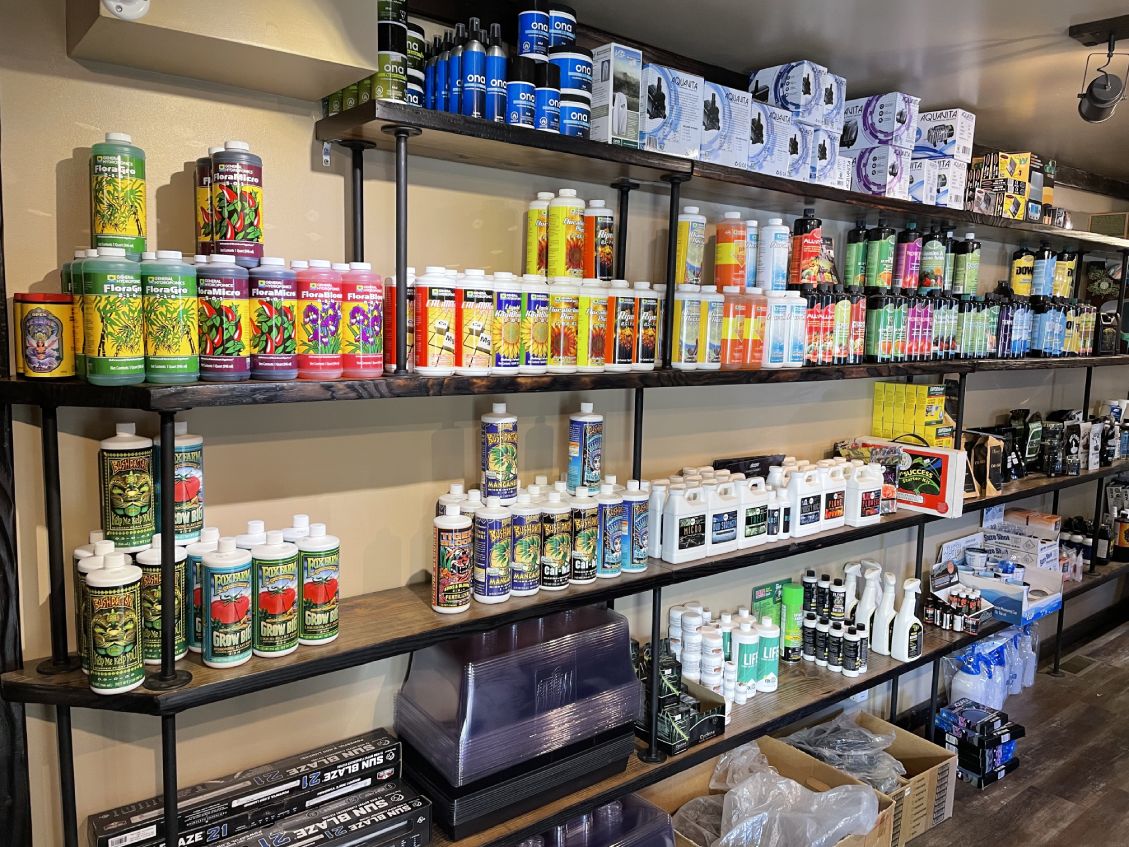The Indoor Earthworm: The Unsung Hero of Indoor Composting
The Indoor Earthworm: The Unsung Hero of Indoor Composting
Blog Article
The Ultimate Overview to Hydroponic Equipments and Techniques
Worldwide of modern farming, hydroponic systems have become an innovative method for growing plants without dirt. The thorough balance of water, nutrients, and light in hydroponic configurations uses an encouraging option to standard farming techniques. As we reveal the details of hydroponics in this detailed guide, we will certainly navigate through the numerous sorts of systems, explore the crucial nutrients essential for plant development, and explore innovative techniques that can substantially improve yields. What happens when usual problems occur in hydroponic systems? Remain tuned to decipher the troubleshooting strategies that can make or damage a successful harvest.
Advantages of Hydroponic Systems
Hydroponic systems use a multitude of benefits, consisting of efficient resource usage and precise nutrient shipment to plants. By supplying a regulated setting for plant growth, hydroponic systems allow ideal water and nutrient usage, causing greater yields contrasted to standard soil-based cultivation. This performance not just preserves resources but additionally decreases waste, making hydroponic systems eco-friendly.
In addition, the precise shipment of nutrients in hydroponic systems enables customization based on the particular demands of each plant selection. This targeted strategy ensures that plants get the ideal balance of vital nutrients, promoting much healthier growth and minimizing the threat of nutrient shortages or inequalities. Additionally, the capability to readjust and keep an eye on nutrient degrees in real-time maximizes plant performance and general crop top quality.
Additionally, hydroponic systems eliminate the need for chemicals and herbicides, as the closed-loop system minimizes the risk of parasites and illness that are frequently discovered in soil-based farming - The Indoor Earthworm. This not only profits the plants and the setting however also adds to producing cleaner, healthier crops for consumption
Kinds Of Hydroponic Setups

Deep Water Culture (DWC) entails putting on hold plant roots in a nutrient solution, permitting adequate oxygenation. Nutrient Film Strategy (NFT) makes use of a superficial stream of nutrient service moving over the plant roots, providing a constant supply of nutrients. Ebb and Flow systems flood the plant origins at periods, ensuring they receive nutrients and oxygen. Drip systems entail trickling a nutrient service onto the plant roots, offering accurate control over feeding. Aeroponics hazes the plant origins with a nutrient option, optimizing oxygen absorption.
Each kind of hydroponic setup has its advantages and click to read more is suited to different plant selections and development phases. Comprehending the distinct features of these systems can aid hydroponic growers choose one of the most ideal configuration for their specific requirements and choices.
Essential Nutrients for Hydroponics
In hydroponic systems, plants depend on an accurate equilibrium of crucial nutrients to prosper and expand efficiently. These vital nutrients are vital for various plant features such as photosynthesis, root advancement, and general growth.
Along with macronutrients, plants additionally require secondary nutrients like magnesium, sulfur, and calcium, as well as trace elements such as iron, copper, zinc, and manganese (The Indoor Earthworm). These nutrients are important for ensuring that plants have all the needed structure obstructs to accomplish essential organic processes

Advanced Strategies for Maximum Yield
To attain optimal yields in hydroponic systems, cultivators can apply sophisticated techniques that enhance plant growth and productivity. Additionally, using techniques like plant training and trimming can assist optimize light circulation and airflow, making certain that all components of the plant obtain adequate light and nutrients. Utilizing automated systems for nutrient delivery and surveillance can assist maintain ideal nutrient degrees, decreasing the danger of shortages or inequalities that can hinder plant growth.
Troubleshooting Common Hydroponic Issues
When faced with difficulties in hydroponic systems, cultivators typically encounter common concerns that can prevent plant development and performance. One common issue is vitamins and mineral shortages, where plants do not have crucial elements for healthy and balanced growth. To battle this, normal surveillance of nutrient levels and readjusting go to my blog the nutrient remedy accordingly is critical. An additional usual issue is pH inequality, which can lead to vitamins and mineral lockout and inadequate absorption. Preserving the appropriate pH range certain to the plant being grown is vital for optimal nutrient uptake. Additionally, insufficient oxygen degrees in the origin area can cause origin rot and stunted development. Making sure appropriate oygenation and oxygenation of the nutrient remedy can assist prevent this trouble. Pest infestations, such as aphids or crawler mites, can likewise pester hydroponic systems. Implementing integrated pest management methods and consistently evaluating plants can assist manage and protect against invasions. By quickly recognizing and dealing with these typical hydroponic problems, farmers can keep healthy and balanced plants and take full advantage of yields in their hydroponic systems.
Verdict
In final thought, hydroponic systems provide countless advantages for expanding plants effectively. With cautious preparation and attention to information, hydroponic systems can change the way plants are grown, leading to even more effective and sustainable agricultural techniques.
By providing a regulated setting for plant growth, hydroponic systems allow ideal water and nutrient use, leading to higher yields contrasted to typical soil-based cultivation. The Indoor Earthworm. visite site Nutrient Film Method (NFT) utilizes a shallow stream of nutrient option moving over the plant roots, offering a continuous supply of nutrients. Surveillance and adjusting nutrient degrees based on plant development phases is vital to avoiding nutrition shortages or poisonings and taking full advantage of plant productivity in hydroponic systems
Additionally, employing methods like plant training and pruning can assist enhance light circulation and air movement, ensuring that all parts of the plant get sufficient light and nutrients. Using automated systems for nutrient shipment and tracking can assist maintain optimum nutrient degrees, lowering the threat of shortages or inequalities that can prevent plant development.
Report this page